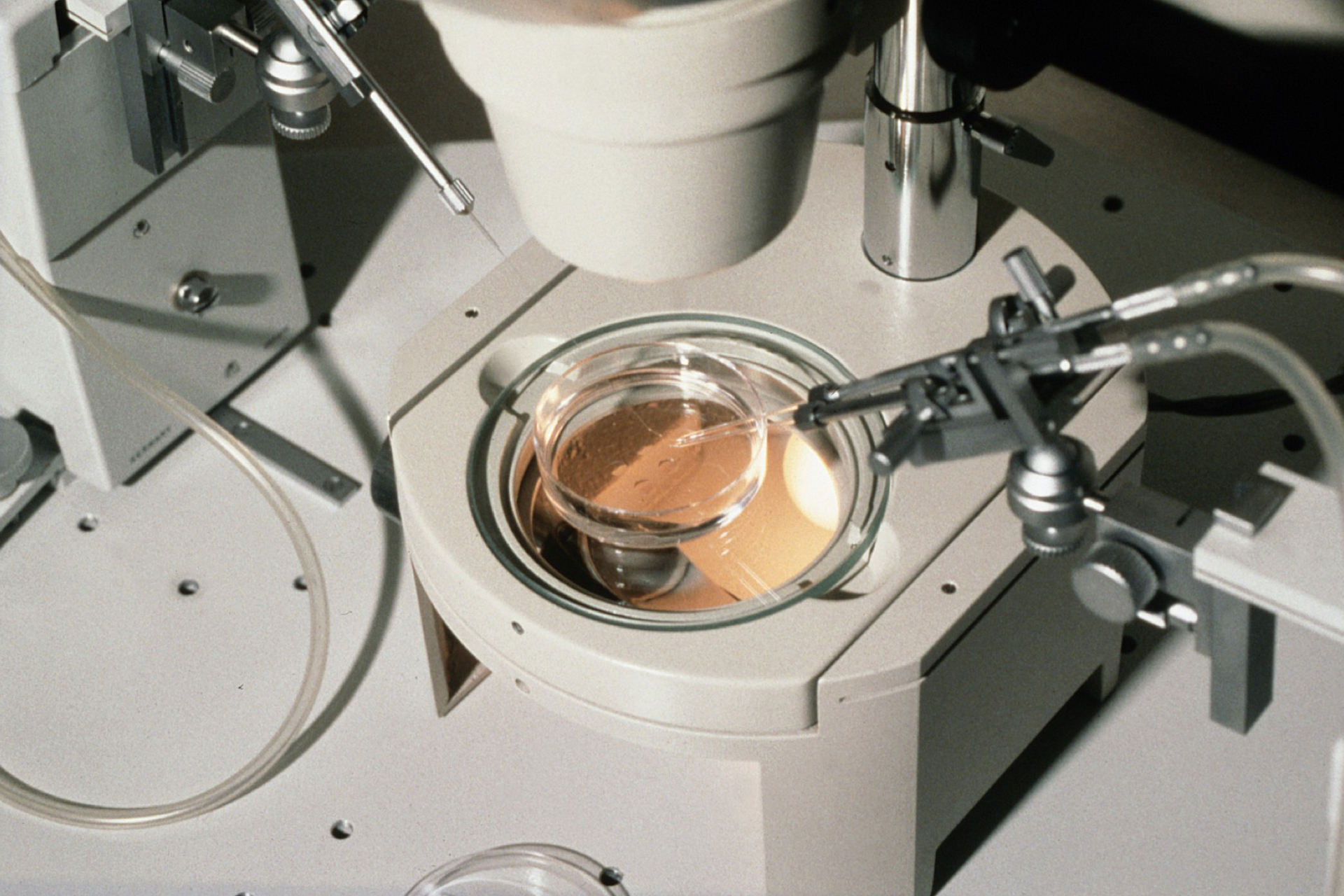By the end of this decade, one in 250 people will be survivors of a childhood cancer. And there is a good chance that the treatment that saved them from cancer will have impaired their ability to have children later in life. Whilst saving lives is the priority, it does seem a rather cruel twist of fate that the very treatment used to save someone from an untimely death could end up preventing them from benefiting from one of the best things about being alive: having children.
But reproductive medicine could save the day. Over the last few years, researchers have crept ever closer to being able to restore fertility lost by potentially sterilising treatments such as chemotherapy or radiotherapy. In 1999, a British team had an initial success in transplanting ovarian tissue into a woman who had suffered early menopause. Three years later, Chinese scientists successfully transplant a whole ovary from one woman to another. Now, an American team has successfully transplanted a whole ovary from one monkey to another and produced a live birth. Experts predict that it won't be too many years before such treatments can be made to work in humans.
Most commentators greeted the news of the monkey ovary transplant with delight. For cancer patients particularly, it is great news. Simon Davies, chief executive of the Teenage Cancer Trust, pointed out how important the option of ovarian tissue storage could be for young women undergoing cancer treatment. 'At the moment, a 14- or 15-year-old girl is often faced with the choice between delaying chemotherapy to wait for her cycle, so she can get an egg to freeze, or a high risk of infertility. This can mean a three- to four- week delay of lifesaving chemotherapy or radiotherapy. But an ovarian sample could be taken and frozen immediately.'
But not everyone was thrilled by the news. Jack Scarisbrick of the anti-abortion group, Life, voiced disapproval of the experiments. Sounding rather more new-age than anti-abortion, he said the reason for his objection was that 'this is another example of trying to have excessive control over our lives by interfering with nature.' Even some of the newspaper correspondents talked in a similar language by describing the experiments as opening up the possibility of 'curing' or 'reversing' the menopause.
Whilst the focus of this research is to help restore fertility to cancer patients, ovarian transplants could be used to help women delay motherhood without falling prey to the decline in fertility associated with ageing. It might even allow a woman to have a child beyond her menopause. But it won't allow women to reverse or even 'cure' the menopause. Transplants of whole ovaries or ovarian tissue samples are no more able to reverse the menopause than IVF is able to reverse infertility. Instead, reproductive medicine can provide a short-lived hurdle to get over an obstacle left by nature.
A common theme in concerns about reproductive medicine today is that it aims to cheat or even reverse nature. The ideas seems to be that there are sound reasons for natural events and we disrupt them at our peril. But reproductive medicine is no more unnatural than any other branch of medicine. No-one ever worries that cancer medicine is unnatural, yet it seeks to overcome obstacles left by nature which threaten normal existence. If we respected nature in the way some commentators think we ought, cancer survivors would never even get to be survivors.
Of course reproductive medicine is rarely about saving lives. But, like much of modern medicine, it is about improving quality of life. As cancer medicine gets better at saving lives, reproductive medicine is working on enabling people to live their lives as normally as possible. If that's unnatural, then bring it on.





Leave a Reply
You must be logged in to post a comment.